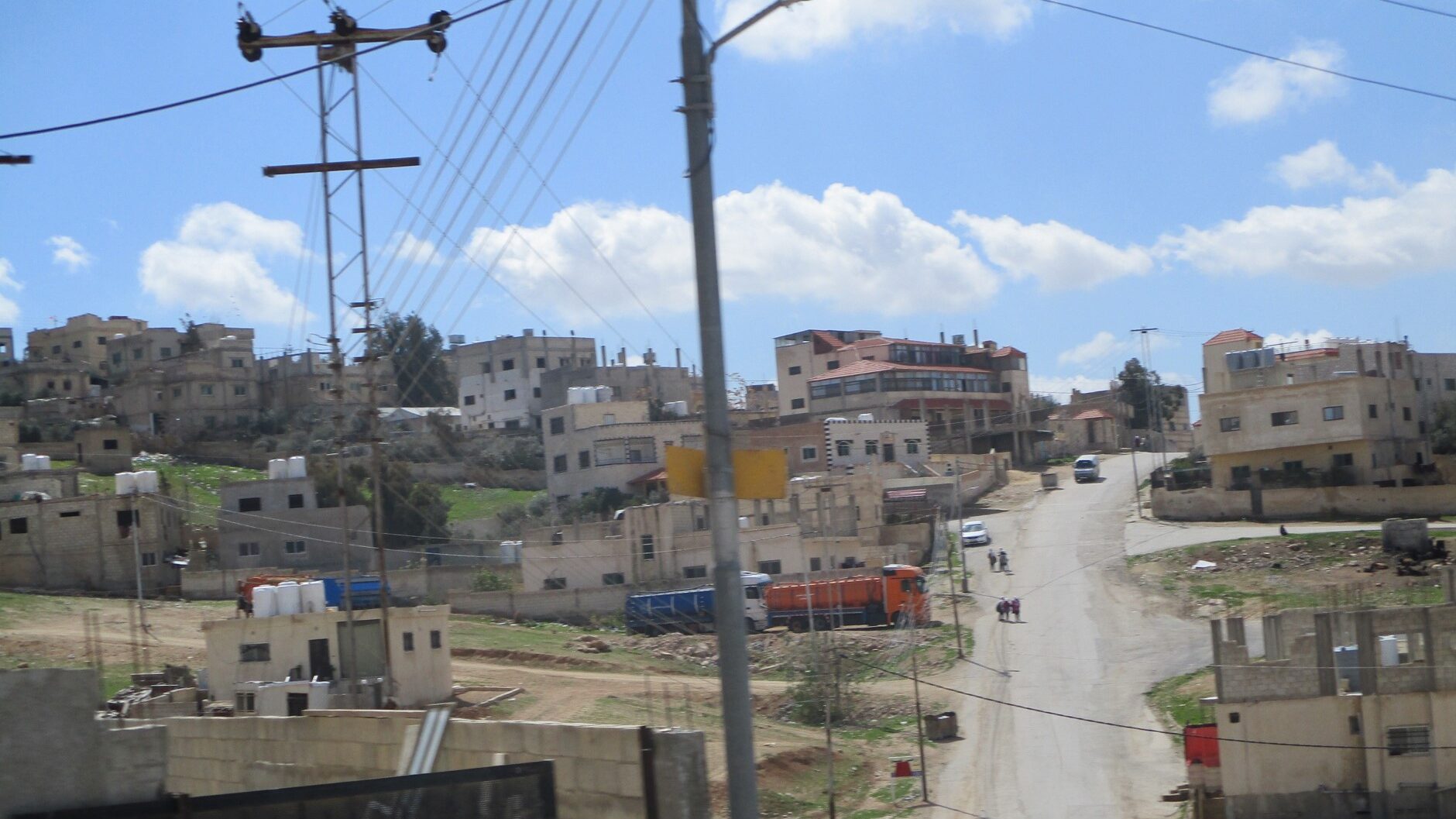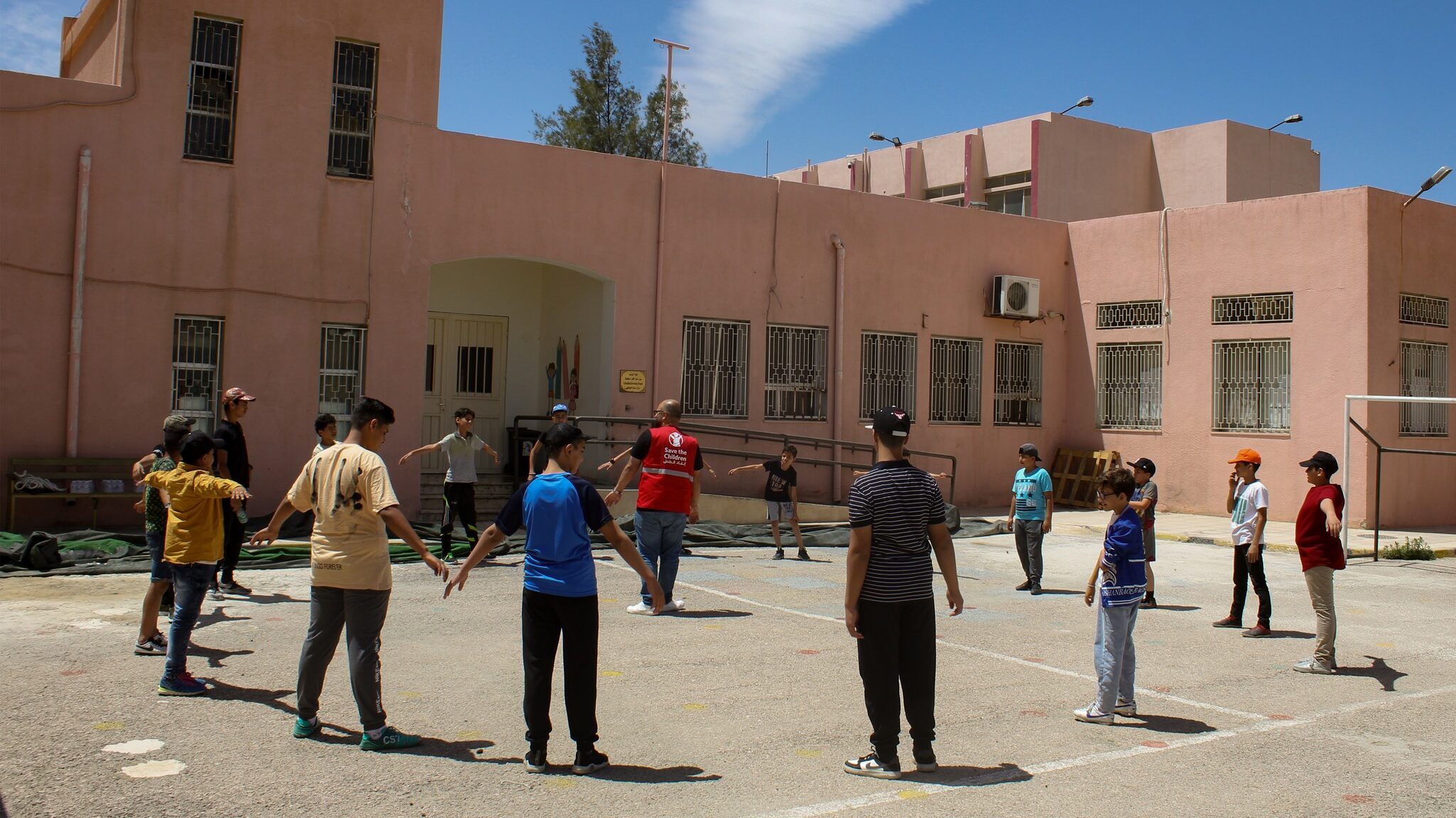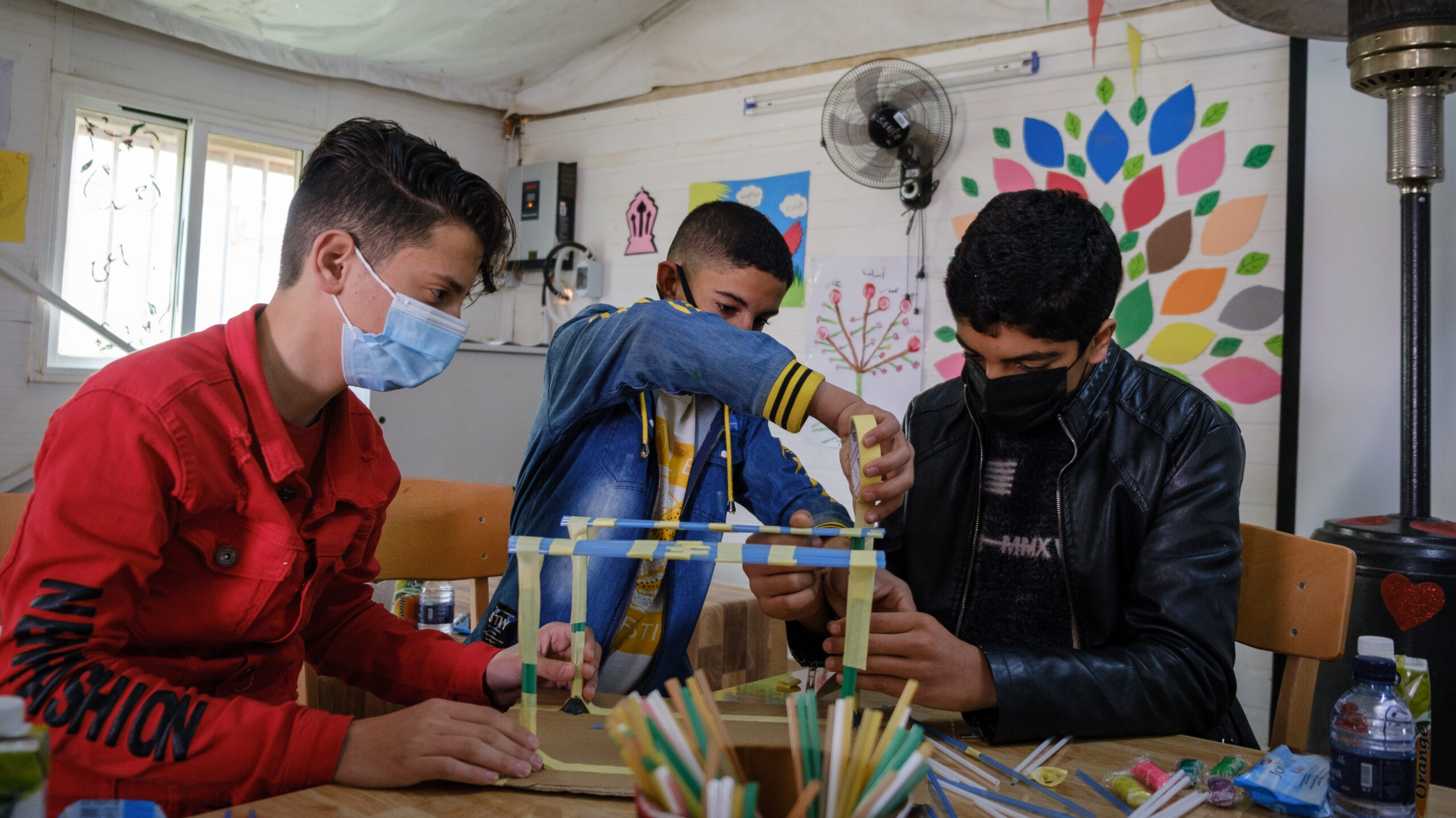Context, challenges, and approaches
Jordan is home to 10.8 million people, hosting the second-highest share of refugees per capita in the world. More than 760,000 refugees are registered with UNHCR, predominantly from Syria (660,892), with large groups also from Iraq, Yemen, Sudan, and Somalia. Nearly half of the refugee population are children below the age of 18. The onset of the Syrian refugee crisis 10 years ago has significantly strained Jordan’s national systems including education and health, while population growth is putting increasing pressure on all services. As a result, poor children, refugee children without adequate documentation, children with disabilities, children from marginalized ethnic minorities, and children living in informal settlements remain particularly vulnerable to be exposed to child labour.
In addition, the COVID-19 pandemic overshadowed everything and had a severe impact on the socioeconomic fabric of the country which nourishes the root causes of child labour including the economic situation of children’s families who use child labour as a negative coping mechanism to generate income.
Risk of child labour in Zaatari refugee camp and East Amman
Enrolment in school for Jordanian children is high in Jordan. According to UNICEF, 98 per cent of Jordanian children are enrolled in primary school (97% of boys and 99% of girls). 86% of Jordanian children are enrolled in formal secondary education. However, as stated in the Jordan Response plan, for Syrian children the situation is different whereby only 59 per cent of registered school-age Syrian refugee children are enrolled in formal education, leaving 40 per cent of Syrian school-aged children to remain out of school.



Where children are not in school, the risk of child labour increases significantly. In Jordan WNCB works in the Zaatari refugee camp and the district of East Amman, two areas with a high number of child labourers. The Zaatari Camp is a refugee settlement 10 km east of the northern Jordanian city of Mafraq. It is considered a permanent settlement and the largest refugee camp for Syrians in the world. Many children that live in Zaatari camp work outside of the camp in agricultural work. Another sector that the children work in are the shops inside the Zaatari camp. East Amman is home to many Jordanians but also to many refugees. Similar to the Zaatari camp, poverty and lack of income opportunities of parents, and social norms are the main root causes of child labour. Children in East Amman work in small shops, car workshops, home businesses, the recycling industry, and domestic work.
A community-based approach
Save the Children Jordan is implementing its WNCB related activities in close cooperation with UNICEF Jordan. The focus of the work of the WNCB programme in Jordan is not on direct interventions in education, but on working towards an enabling environment. Mohammad Al Saeed, Project Manager at Save the Children Jordan, explains: “Whereas UNICEF mainly works on policy and system strengthening in Jordan, Save the Children is mostly active in a community-based approach. In everything we do, we make sure that our community directed work and UNICEF’s system strengthening activities match and strengthen each other.”
Mohammad continues: “We follow a direct child protection approach in which we work with communities, beneficiaries, and the private sector. Measures and activities include the creation of talent hubs, family case management, vocational training, and start-up kits. Even the development of an app bringing together job opportunities and work seekers is part of the approach. This support in providing young adults, fathers and mothers with suitable work and an income, helps to keep young children in school and away from work.”


Save the Children is implementing its activities predominantly in the Zaatari camp and in East Aman. In Zaatari, child labour issues are mostly related to Syrian and other nationalities, but in East Amman it is related to refugees and Jordan people alike. “East Amman is overall a disadvantaged area where refugees and Jordanians are both suffering hard circumstances”, says Mohammad. “Fifty percent of our efforts is towards refugees, mainly Syrians, but the other fifty percent goes towards Jordan people.”
After the intervention of the WNCB team, which included the case management, positive parenting, and skills training in the talent hubs, 35% of the children (381 children – 278 males and 103 females) enrolled in the WNCB programme in Zaatari and East Amman, left the labour market.

